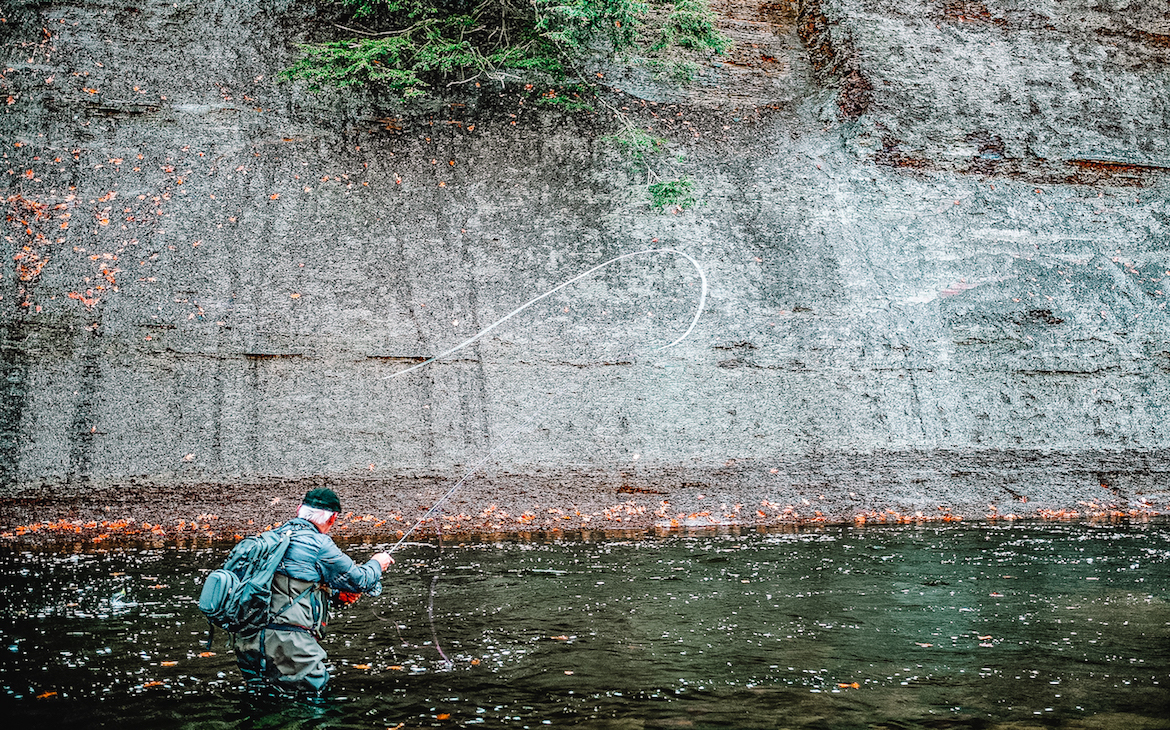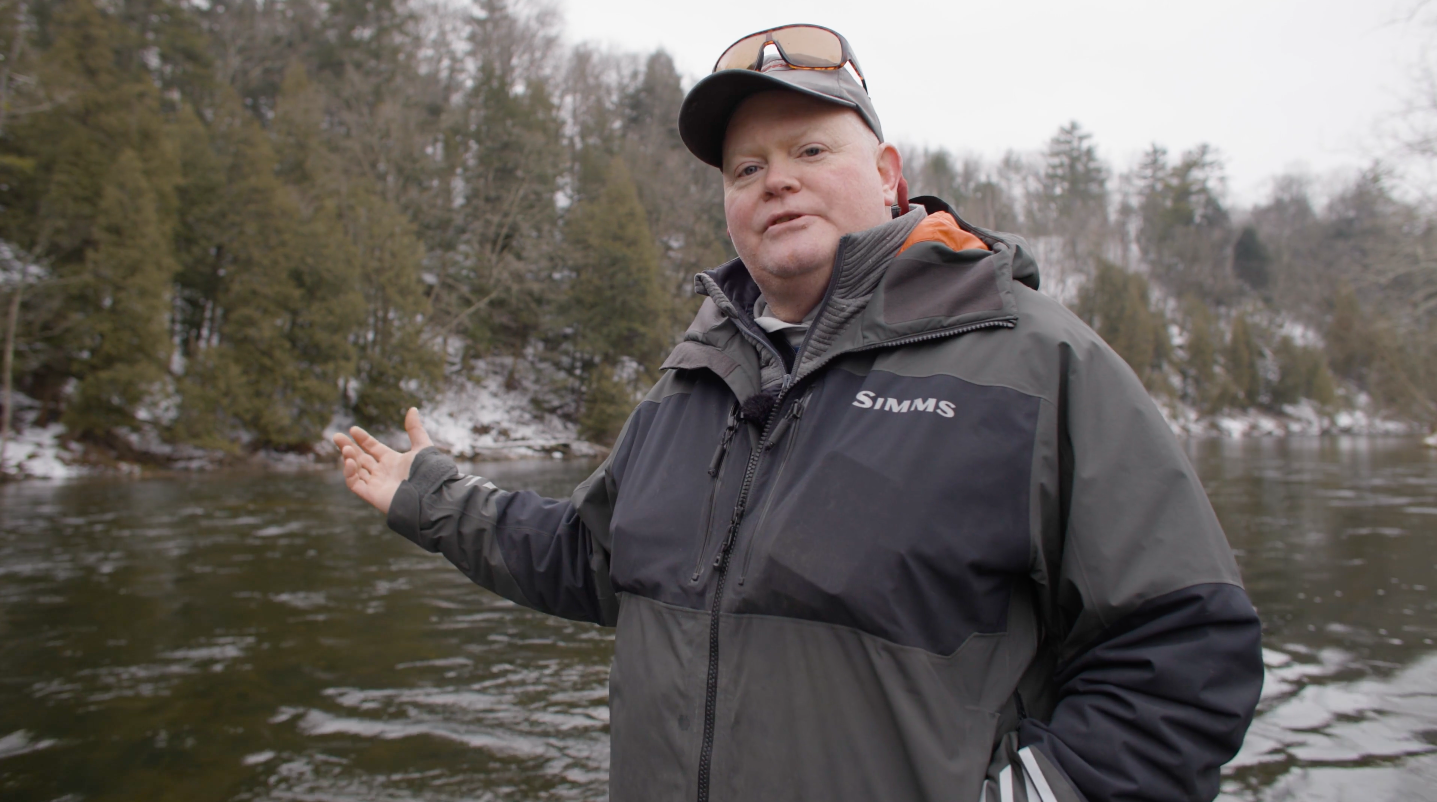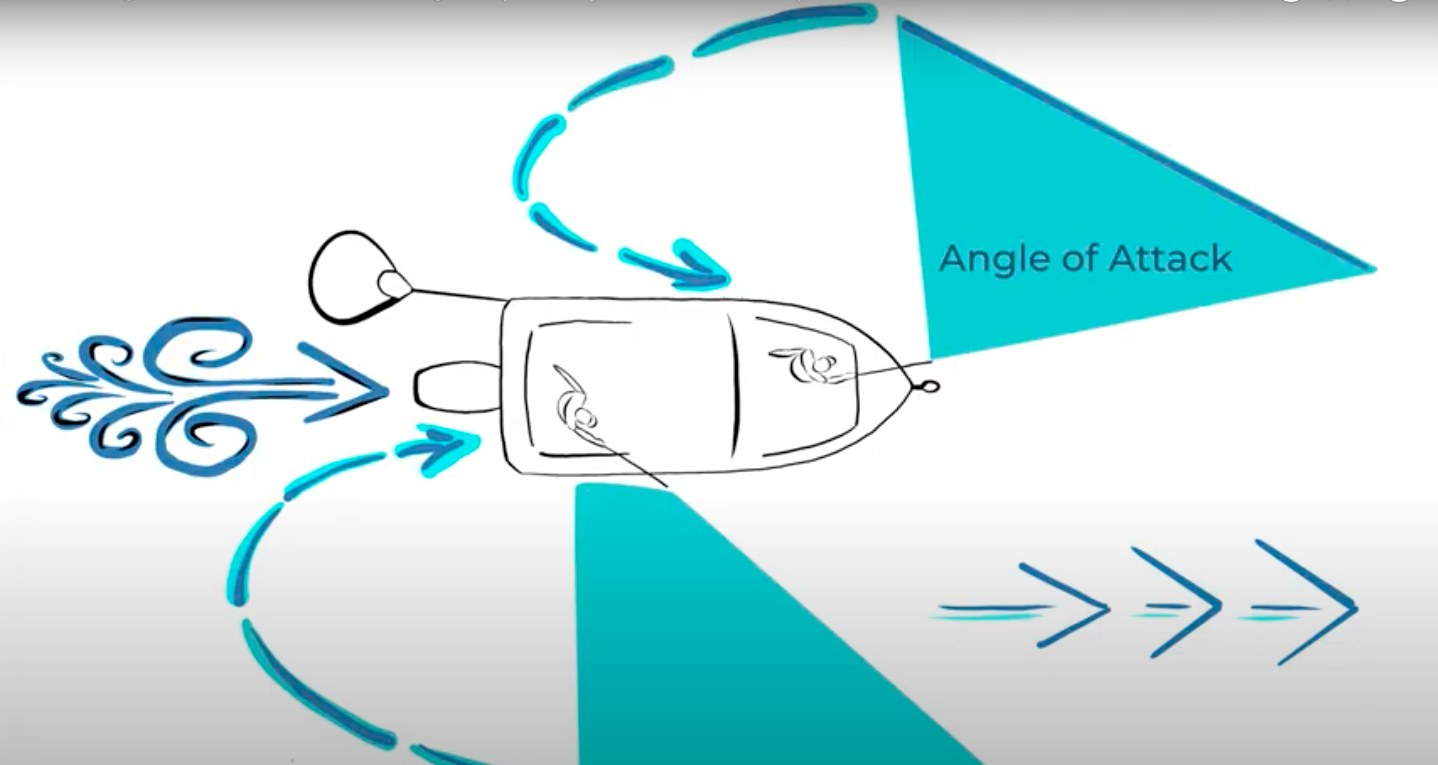By Jerry Darkes:
One of the great things about fly fishing is that it provides life-long learning. There are numerous avenues available to us to expand our knowledge and experience. Whether it be in fly tying, casting or fishing itself, the opportunities for personal growth are endless.
As fly anglers, many of us tend to focus on specialized aspects of the sport and fall into something I’ll call, “the comfort rut.” This is where we are confident in the place we are fishing or the technique we are using. We have had consistent success in the past, so we tend to repeat. This is great for our self-esteem, but in reality, we have become stagnant and learning has stopped.
This is not to say we shouldn’t continue doing things that are successful and comfortable to us. But every once in while we should add something different to the mix and challenge ourselves to become more versatile, well-rounded anglers. There are plenty of different ways to do this.
Casting is perhaps the primary foundation of fly fishing. Most fly anglers seem to reach a plateau in their casting career and stop. One thing everyone can do is become a better caster to help them adapt to the various fishing situations they may encounter. Yes, learning to double haul is an important step, but then what?
How about bringing Spey casting into the mix. The first thing is to dispel all of the incorrect information about Spey casting. First, you can Spey cast with any fly rod, regardless of line-weight, and with just about any line. Spey casting is just a style of casting developed for a situation of limited back cast room and can be easily applied to any single-hand rod.
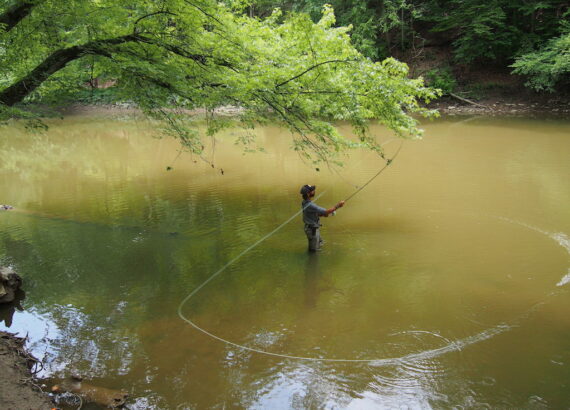
We are fortunate at present as the popularity of switch rods and the increased interest in two-hand rods, has spurred development of a host of fly lines specifically designed for Spey casting. A number of these lines were developed for tight quarter use with both single-hand rods and switch rods that can be cast either single or two-hand. They are shorter and lighter-weight than conventional lines and usually referred to as ultra-short or ultra-light Spey lines
Some of these lines are presentation-style lines for use with floating flies while others are designed to throw larger, air-resistant flies and have interchangeable density tips to cover the water column from top to bottom. What they are is a solution to a problem—allowing a variety of flies and presentation with little casting area.
Essentially, these are another tool to pull out of the box when the situation calls for it. We can effectively fish areas that would be very difficult to do with conventional single-hand lines. Maybe a way to simplify all of this is to call these “roll casting lines,” as a Spey cast is basically a roll cast that incorporates a change in direction. Here we move the line from a straight down-stream position to a point where we are at an angle to the flow and do an energized roll cast.
There a few more things to take note of. First, this is a water-loaded cast and often requires a bit more energy to propel the roll cast forward. We can call it an energized roll cast. Here is where we get into more technique and terminology involving D-Loop, but the basic components are quite easy to understand.
There is a large assortment of lines for this application. They have extra short heads for maneuvering in close quarters. They load quickly and only need a short casting stroke. We can simplify this into two main types of lines: Scandi-style tapers that have a longer front taper for lighter, delicate presentations, and then Skagit-style that are designed to be used with various floating to fast sink tips and turn over heavier, often weighted, flies.
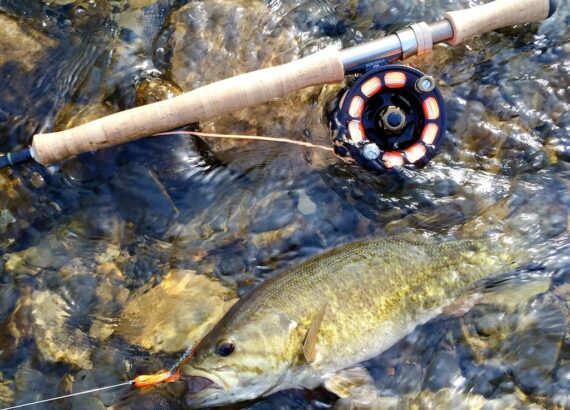
These are available as individual heads that can be added to a running line or as fully integrated one-piece lines. I would opt for the fully integrated line that eliminates the loop at the running line to head connection. It is much easier to strip a fly and fish just as a standard line. Your local fly shop should be able to walk you through all the nuances of these lines. If not, I would say time to find a new fly shop as this looks to be a critical casting/fishing category moving forward.
Table 1 Shows comparison of line weight equivalents for “Roll Casting Lines.”
Keep in mind that these lines can also be cast overhead, too. Yes, the rod will be overloaded but if you slow down your casting stroke and let the rod and line work together, the results may surprise you. Versatility is the beauty of these lines.
I have seen several very competent overhead casters become totally unglued when first working with these lines. The main reason is that many casters really don’t know how to roll cast properly. Plus, immediate results are often expected, but not achieved. It’s been so long since they have added anything new into their skill set, the concept of learning again has become foreign.
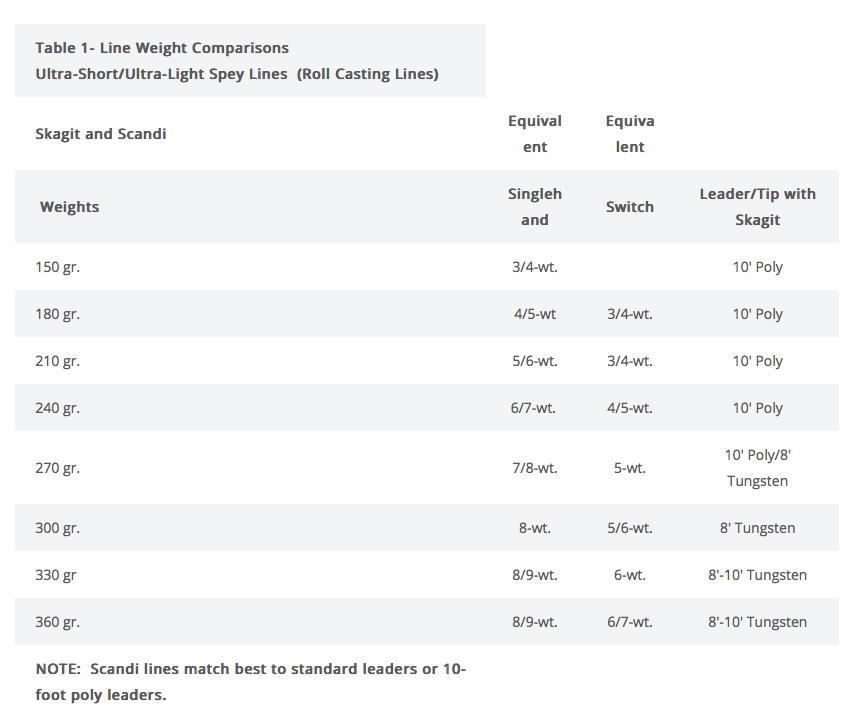
I would encourage all of you to take a step to learn something new in the fly-fishing realm and this is a great place to start. The initial results may make you feel like a beginner and you will have to swallow your casting pride a bit. But you will become a better angler, able to adapt to a wider range of situations, and fish places you may have bypassed in the past.
Episode #: 20 (click to listen)
Duration: 1hr 13 min
Topics Discussed: Jerry’s favourite species and methodologies for each of the Great Lakes.
Buy Jerry’s Book: Fly Fishing the Inland Oceans: An Angler’s Guide to Finding and Catching Fish in the Great Lakes, Fly Tyer’s Guide to Tying Essential Bass and Panfish Flies
Bio: Jerry has been immersed in the fly fishing industry for most of his life. He is the author of the only book solely written about fly-fishing the Great Lakes themselves.

